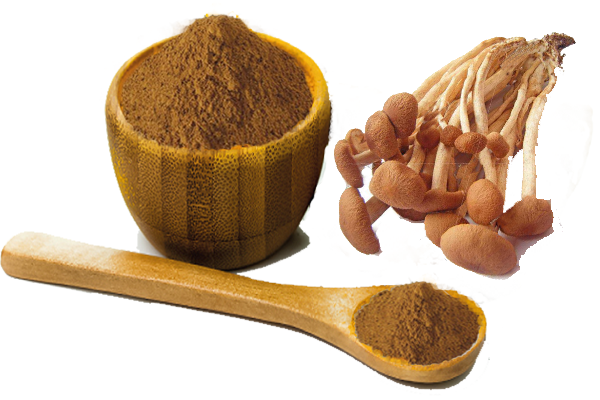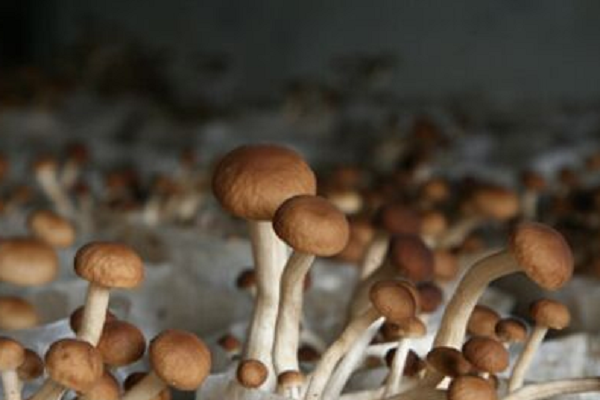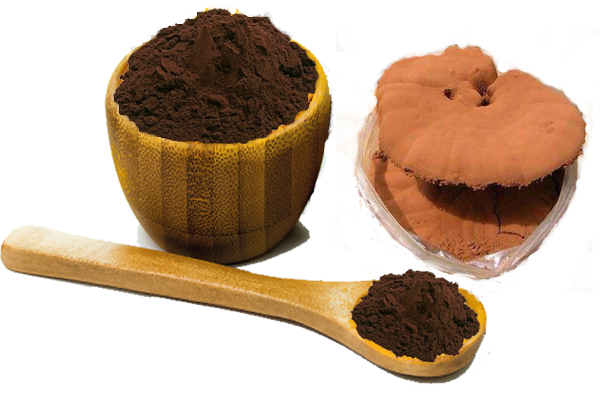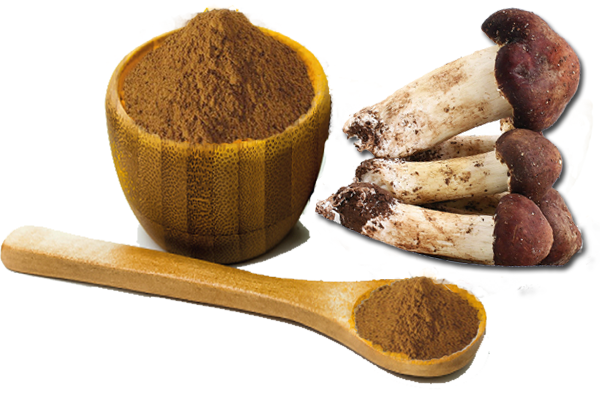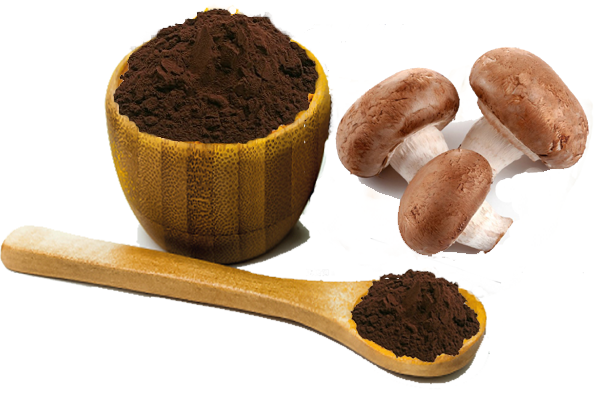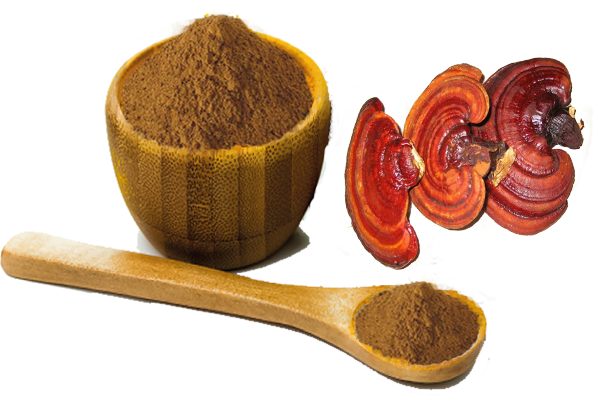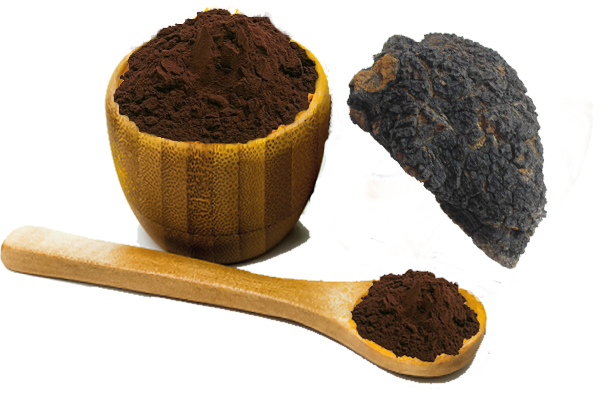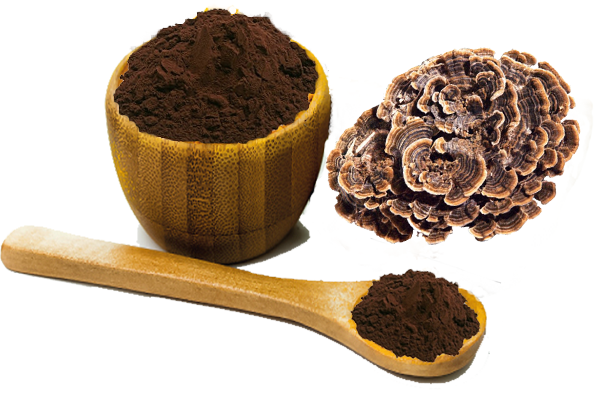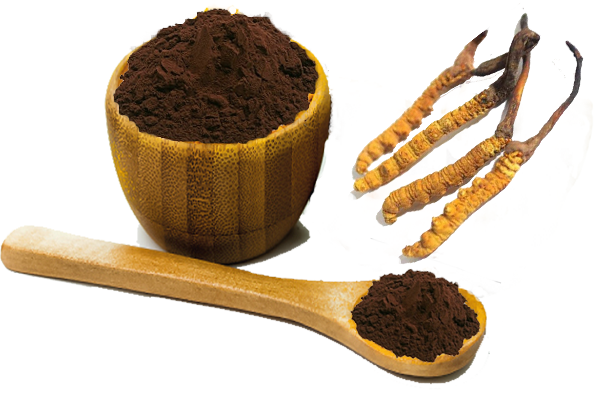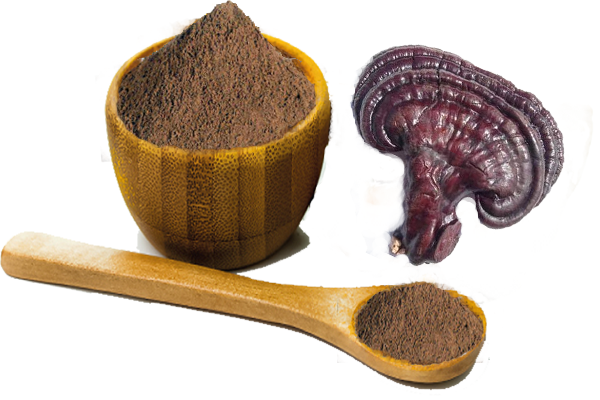
Agrocybe Aegerita Extract
MIGU supplied Agrocybe Aegerita Extract polysaccharide 10%,20%,30%,40%,50%; refined powder and OEM service with analysis meets the EP, USP, JP, CP.....
Organic Agrocybe Aegerita extract 10%, 20%, 30%, 40%, 50% polysaccharide by UV, and refined powder offered by 16 years experienced cGMP manufacturer with warehosues in China–MIGU
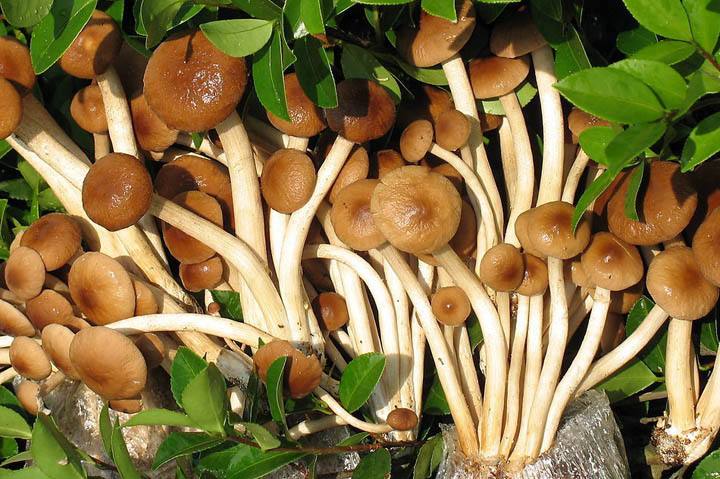
Latin Name: Agrocybe praecox (Pers.) Fayod
Material Original: ZheJiang China
Extracted Part: Fruit body
Supported Purity: Polysaccharides 10%~50% 5:1~50:1
Specifcaitions of Agrocybe Aegerita Extract from MIGU
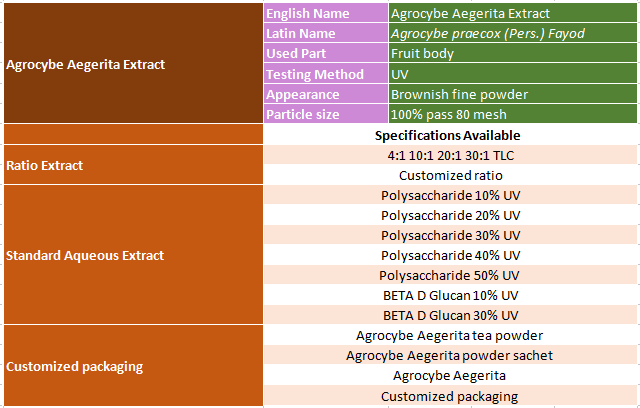
History of Agrocybe Aegerita extract
Agrocybe aegerita,also called Agrocybe cylindracea or Pholiota aegerita,is commonly known as Poplar
mushroom,Chestnut mushroom or Velvet pioppino(Chinese:茶樹菇).It is an important valuable source
possessing varieties of bioactive secondary metabolites such as indole derivatives with free radical
scavenging activity,cylindan with anticancer activity,and also agrocybenine with antifungal activity.
Agrocybe Aegerit contains 18 kinds of amino acids which human body needs,especially the8kinds like amino
acids,glucan,mycoprotein,carbohydrates and other nutritional which the human body can’t synthesis.Also
rich in B vitamins and a variety of mineral elements,such as iron,potassium,zinc,selenium and other
elements are higher than other fungi,TCM believes that the mushroom has a kidney,diuresis,waist ache
moisture penetration,cure spleen,anti-diarrhea and anti-cancer polysaccharides effect,is an ideal food to
hypertension,cardiovascular and obese patients.Have good health care function,is one of the rare edible
fungus.
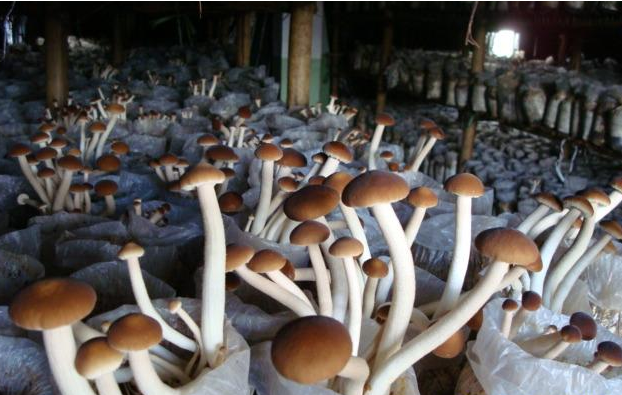
Origin of Agrocybe Aegerita Extract—Wild and Cultivated
Agrocybe aegerita is a kind of lignin,cellulose decomposing ability weaker wood rotting fungi.The wildagrocybe
born on Camellia oleifera only.Available after artificial domestication,tung,maple,oak,poplar,willow and so broad
leaved tree planting material,but to material is loose,the tannins is less suitable for themiscellaneous wood tea
tree mushroom growth.Can make full use of bran,rice bran,cake fertilizer as anitrogen source.Agrocybe besides
can use mixed sawdust,bagasse,cotton seed shellis straw,and JunCao alsocan be also used as carbon source.
Cultivation of the chestnut began with the Greeks and the Romans and before that they collected truffles.In their
traditional beliefs,mushroom emerged when lightning struck.Today,however,the chestnut is farmedand marketed
in Korea,Japan,China and Australia.The Chestnut is medium sized and has anopen and convexshaped cap.
Underneath the cap are numerous radial plates that are white in colour.They later turn brownishgrey.Sometimes
it looks flat with a diameter of 3-10 cm.It’s also referred to as the Poplar mushroom,possiblybecause it grows in
holes on the poplar tree.However,it also grows in clusters on logs an on other trees withlarge leaves.Our cultivated
base is in HuBei Province
It is a white rot fungus and is a medium-sized agaric with a convex,almost flat,cap 3 to 10 cm in diameter
Underneath,it has numerous whitish radial plates adherent to the foot,later turning to a brownish-gray color
and light elliptic spores of 8-11 by 5-7 micrometres.The white fiber foot is generally curved,having a
membraneous ring on the top part which promptly turn s to tobacco color due to the falling spores.When
young,its color may be reddishbrown and later turn to a light brown color,more ocher toward the center and
whiter around its border.It grows in tufts on logs and holes in the poplars,and other trees of large leaves
Traditionally,the Chinese used the Agrocybe Aegerita for the wellbeing of the stomach.It also ensured that
the spleen was well nourished.The Chinese also used the mushroom to keep the kidneys working properly.
This mushroom is also recognised in present day science as having anti-inflammatory,antifungal,antibiotic
and anti–tumour properties.It is said to contain compounds with prohibitive properties against the
cyclooxygenase enzyme,which medications such as target of Adril,Tylenol,and others try to fight too.
The Agrocybe is valuable in the provision of bioactive secondary metabolites.These metabolites include
Cylindan which has anti-cancer properties,agrocybenine with antifungal properties,and indole derivatives
which are able to hunt down free radicals.These antioxidants also suppress the absorption of cholesterol.By
inhibiting the production of the enzymes Aromatase and 5 alpha reductase,these antioxidants prevent
prostate and breast cancer.
The anti-cancer properties of the Agrocybe are detailed in the 2009 book Bio-technology in China I:From
Bioreaction to Bioseparation and Bioremediation,a joint venture of the Chinese Academy of Sciences,the
Shanghai Jiao Tong University and the Dalian University of Technology.
Also according to BobekP,Galbavy S(2001),”Effect of pleuran(beta-glucan from Pleurotusostreatus)on the
antioxidant status of the organism and on dimethylhydrazine-induced precancerous lesions in rat colon”
Agrocybe Aegeritais able to fight against cancer through its natural properties.
The Agrocybe Mushroom is also hailed as being able to slow down the effects of osteoporosis,some of which
are weakening of the vertebrae.Its antiseptic properties also help keep the body free of infection.
References:
1.Hifrichter et al.,Pyridine as novel substrate for regioselective oxygenation with aromatic peroxygenase from Agrocybe
aegerita.FEBS Lett.2008 Dec 10;582(29):4100-6.
2.Nget al,Agrocybin,an antifungal peptide from the edible mushroom Agrocybe cylindracea.,Peptides.2005 Feb;26(2):191
3.Eum et al.,Agrocybe chaxingu polysaccharide prevent inflammation through the inhibition of COX-2 and NO production,
BMB Rep.2009 Dec 31;42(12):794-9
4.Chang et al.,The antiproliferative and differentiating effects of human leukemic U937 cells are mediated by cytokines
from activated mononuclear cells by dietary mushrooms.,J Agric Food Chem.2005 Jan 26;53(2):300-5

